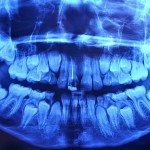Birth – 18 years.
The international prevalence of suicidal ideation and behaviour in youth

Lucy Barrass summarises a systematic review published in the Journal of the American Academy of Child & Adolescent Psychiatry that explores the international prevalence of suicidal ideation and behaviour among young people across global regions.
[read the full story...]







